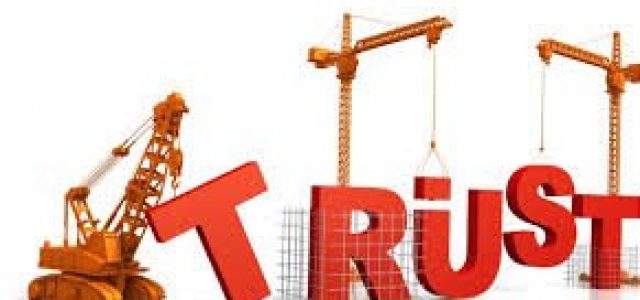Leadership and management theory and discussion is largely the preserve of academics, consultants and practitioners specialising in the various related disciplines such as HR and training and development. As an example of how tech is changing the world though, it is a global leader in traffic systems that is trying to teach us a thing or two about how we manage workforces. And maybe we should listen.
Miovision has made its name developing extremely smart technology to help our cities and roads run more efficiently, utilising artificial intelligence and data and analytics. But this week it announced the introduction of Teal, a software platform designed to help fast-growing companies unlock the full potential of their teams.
The product grew out of a personal need from the company. It has scaled up to more than 70 employees from a start-up and, as it approached its 10-year anniversary, said that its leaders found it far harder to define roles and manage accountability. It also wanted to make sure it maintained a culture that allowed employees to work on projects that aligned both their skills and their passion.
On releasing the software, the company’s CEO Kurtis McBride declared that the days of “the corporate hierarchy are running out”. “Those structures don’t empower employees,” he added, claiming that Teal will make organisations both “healthier and happier” across the board.
The software claims to offer three key functions: rapid goal alignment; company-wide transparency; and ensuring talent remains engaged. These are three areas close to the heart of many organisations and it seems too good to be true that a piece of software can tick all of these boxes.
Another start-up based in Kitchener in the US is one of the happy early adopters though, believing it has helped preserve the collaborative, agile and results-oriented culture and provided a way of aligning the team with its vision for growth.
While this blog is not intended to promote, review or debate the merits of the software, its introduction could be deemed significant for several reasons — and may represent a future trend line.
It is by no means the only software product that claims to align goals and help keep talent engaged but clearly its developer felt there was nothing out there that wholly satisfied its aims. Could it be because many other products fail to recognise the importance of culture?
Moreover, it also serves as a perfect demonstration of digital disruption and diversification, terms that regularly appear in my blogs. Its developer says it aims to “disrupt corporate hierarchy” and empower employees while it has given the company an opportunity to diversify into a completely new sector.
Over the coming weeks, months and years, many individuals and companies from different backgrounds will inevitably come up with new innovations, products and radical approaches and we should sit up, take notice and appraise them all. In truth, no-one knows from which direction they may come and they might not all be relevant, applicable or useful, but the digital age is like nothing that has been before. Close your mind at your peril.
Article by channel:
Everything you need to know about Digital Transformation
The best articles, news and events direct to your inbox
Read more articles tagged: Digital Disruption, Featured







